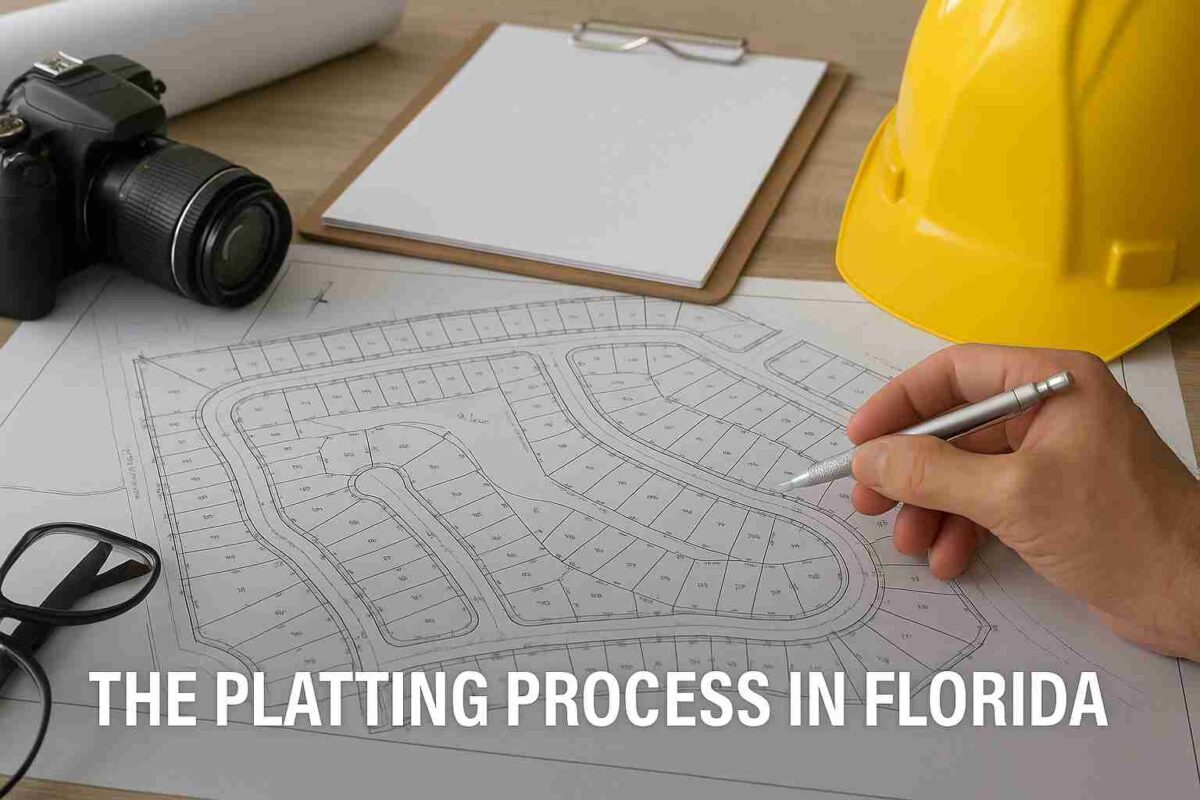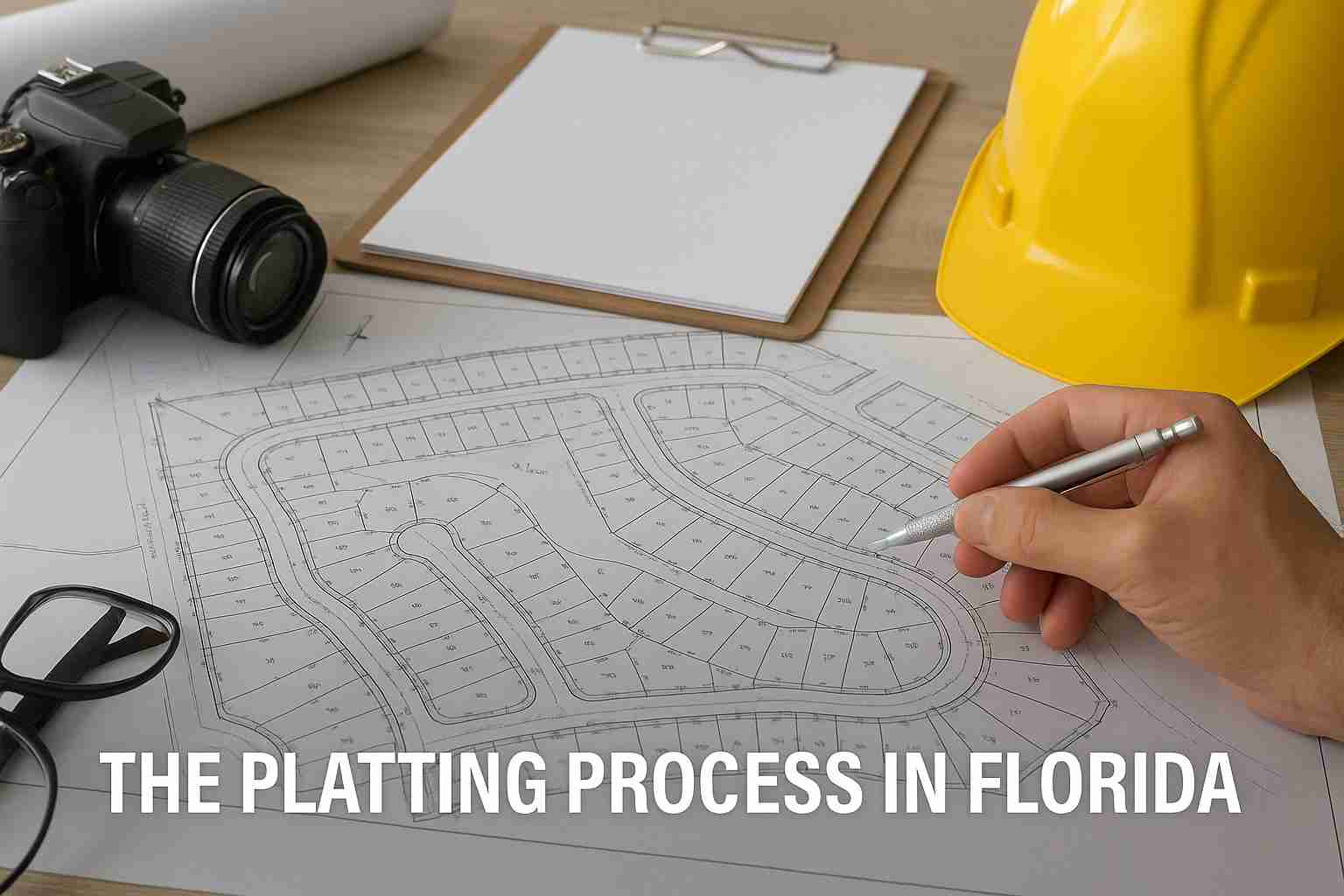
When it comes to building anything substantial, whether it’s a residential subdivision or a new commercial development, the platting process is a critical step that often gets overlooked until it becomes a problem. Yet, without a properly approved plat, you can’t legally sell lots, finalize site plans, or move forward with permits. So, what exactly is platting, and how does it fit into the broader development process? Continue reading and reach out to the knowledgeable Florida construction attorneys here at Ansbacher Law to learn more. Here are some of the questions you may have:
What Is Platting, and Why Does It Matter?
In simple terms, platting is the legal process of subdividing land into lots for development or sale. It involves preparing a detailed survey map, referred to as a plat, that defines property boundaries, roadways, utility easements, and drainage systems. Once approved, the plat becomes part of the public record and serves as the official layout of the development.
Why does it matter so much? Because local governments use this document to ensure that the proposed development complies with zoning codes, environmental regulations, and infrastructure standards. Without an approved plat, no construction can legally proceed on subdivided land, even if everything else is in place.
What Are the Key Steps in the Platting Process?
The platting process is methodical and can take several months, especially if revisions are required. Here’s an overview of the key steps involved:
- Pre-application Meeting: Before anything is officially submitted, developers often meet with the local planning department. This meeting helps clarify what will be required for the plat application and can help identify any potential red flags early on.
- Survey and Plat Preparation: A licensed surveyor creates a preliminary plat based on the site’s existing conditions. This includes topographical features, boundaries, and the layout of lots, roads, and utilities. Precision here is vital, as any errors can cause significant delays later.
- Submitting the Preliminary Plat: The preliminary plat is submitted to the local planning or zoning board for review. This phase typically involves several departments, including engineering, environmental services, and utilities. Each group checks for compliance with their specific regulations.
- Public Hearings and Approvals: In many Florida jurisdictions, the plat must be reviewed during public hearings, giving local residents and stakeholders the opportunity to voice concerns or objections. Once this phase is complete, the planning board votes on whether to approve or deny the plat.
- Final Plat Submission: If the preliminary plat is approved, the developer submits a final plat, which includes any required changes from the review process. This final version is what gets recorded with the county.
- Recording the Plat: Once approved, the final plat is officially recorded with the county clerk. At this point, the lots are legally recognized parcels, and development can proceed in accordance with the approved plans.
Why Should You Consult a Construction Law Attorney?
Although it may seem like a purely administrative task, platting has legal implications that can affect your entire project. From fulfilling municipal requirements to resolving disputes over easements or land use, a construction law attorney ensures you remain compliant and protected. An attorney can also help coordinate with surveyors, planners, and local officials to streamline the process and minimize costly setbacks.
Platting isn’t just paperwork; it’s a foundational part of successful development. When done correctly, it sets your project on firm legal ground. If you’re planning a construction project, consulting an experienced construction law attorney is one of the smartest steps you can take.

